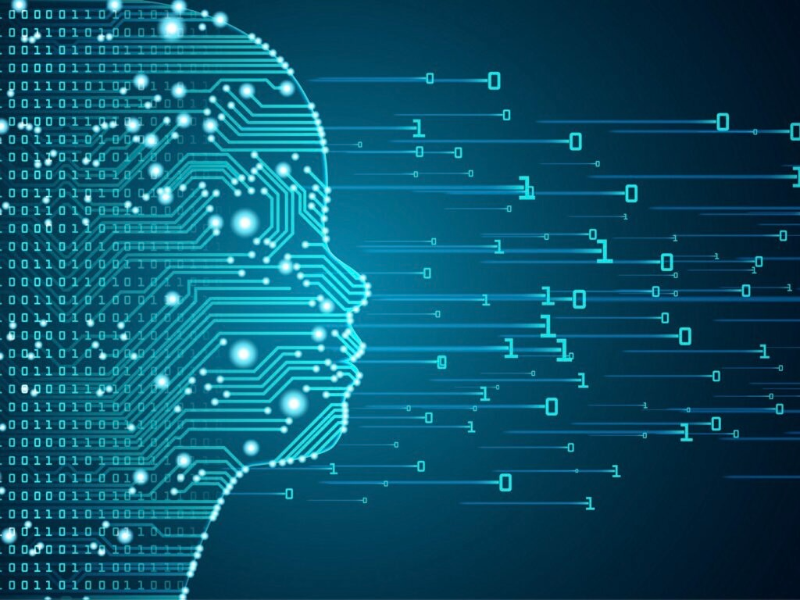- NLP integrates AI and linguistics to enable computers to understand and respond to human language, and its key tasks include tokenization, syntactic analysis, semantic interpretation, and pragmatic understanding.
- NLP powers language translation services like Google Translate and sentiment analysis tools for understanding public opinion, which enables chatbots and virtual assistants to interact effectively with users, performing tasks based on interpreted queries.
- Challenges in NLP include handling language nuances and context ambiguity, while future directions aim to enhance reasoning capabilities and achieve deeper semantic understanding for more human-like interactions.
Natural Language Processing (NLP) is a fascinating field at the intersection of computer science, artificial intelligence, and linguistics. It involves the interaction between computers and human language, enabling machines to understand, interpret, and respond to human language in a way that is both meaningful and useful.
The process of NLP
NLP combines computational linguistics with machine learning and deep learning to process and analyze large amounts of natural language data. The ultimate goal is to enable computers to perform a variety of language-related tasks, such as translation, sentiment analysis, speech recognition, and more.
The process of NLP can be broken down into several steps:
Tokenization
Breaking down text into smaller units like words or sentences.
Morphological analysis
Analyzing the structure of words.
Syntactic analysis (parsing)
Understanding the grammatical structure of sentences.
Semantic analysis
Interpreting the meaning of words and sentences.
Pragmatic analysis
Understanding the context and intent behind the language.
Also read: Can we trust today’s speech recognition technology?
Examples of NLP
1. Language translation
One of the most well-known applications of NLP is language translation. Services like Google Translate use NLP algorithms to translate text from one language to another. These systems analyze the input text, understand its grammatical structure and meaning, and then generate an equivalent text in the target language. Advances in deep learning have significantly improved the accuracy and fluency of these translations.
2. Sentiment analysis
Sentiment analysis is the process of determining the emotional tone behind a series of words. It’s widely used in social media monitoring, customer feedback analysis, and market research. For instance, companies can analyze customer reviews to gauge the overall sentiment towards their products. Positive, negative, or neutral sentiments are identified using NLP techniques.
3. Chatbots and virtual assistants
Virtual assistants like Siri, Alexa, and Google Assistant rely heavily on NLP to understand and respond to user queries. These systems interpret spoken or written language, process the information, and provide relevant responses. They can perform tasks like setting reminders, answering questions, and even engaging in casual conversation.
4. Text summarization
Text summarization involves creating a concise and coherent summary of a longer text document. NLP algorithms can identify the main points and generate a summary that captures the essence of the original document. This is particularly useful in news aggregation, legal document analysis, and academic research, where quick access to key information is crucial.
5. Speech recognition
Speech recognition technology converts spoken language into written text. Applications like voice-to-text features in smartphones and transcription services use NLP to accurately transcribe spoken words. This technology is essential for accessibility tools, voice-controlled devices, and automated customer service.
6. Spam detection
Email services use NLP to filter out spam messages from legitimate ones. By analyzing the content, structure, and patterns in emails, NLP algorithms can identify and flag spam. This helps users manage their inboxes more efficiently and protects them from phishing attacks and unwanted advertisements.
Also read: Samsung to enhance Bixby virtual assistant with gen AI
Challenges and future directions
While NLP has made significant strides, challenges remain, such as understanding the nuances of language, handling ambiguous contexts, and achieving deeper semantic understanding. Future advancements in NLP are likely to focus on improving models’ ability to reason, infer, and generate more human-like responses.
Natural Language Processing is revolutionizing how we interact with technology by enabling machines to understand and respond to human language in meaningful ways. From sentiment analysis and machine translation to chatbots and virtual assistants, NLP applications are diverse and impactful across various industries. As NLP continues to evolve, its potential to enhance efficiency, accessibility, and user experience remains profound.

